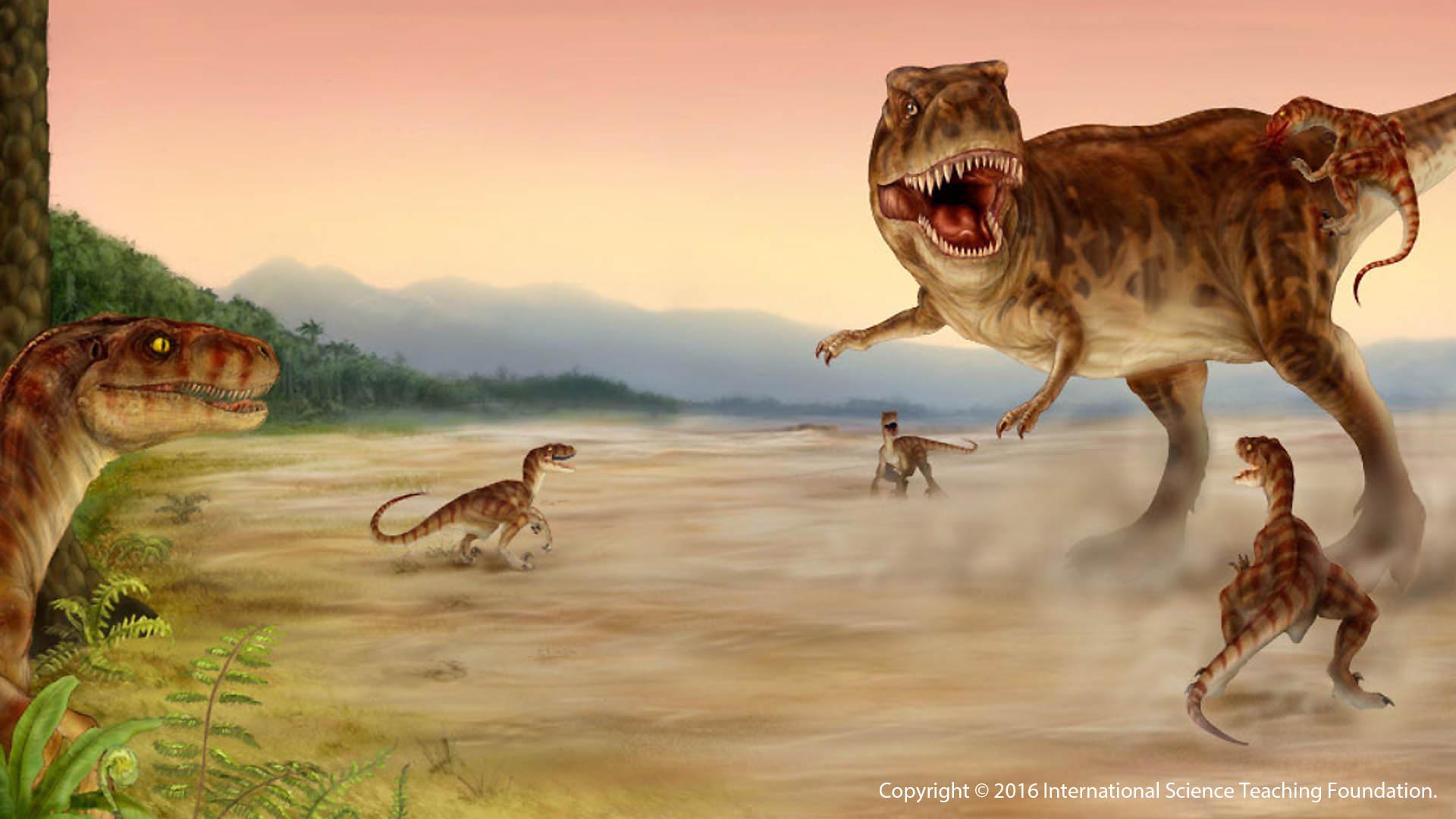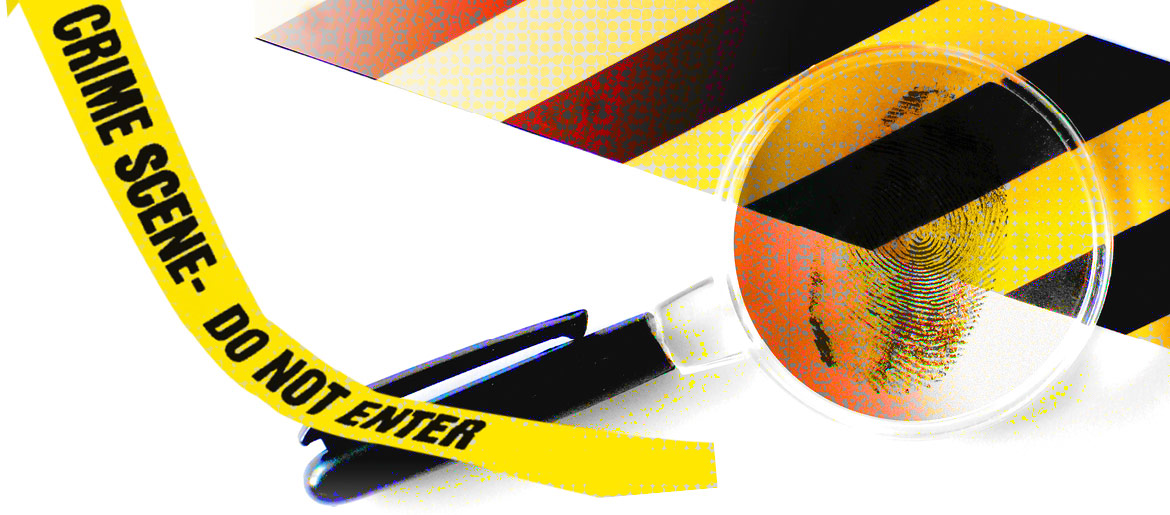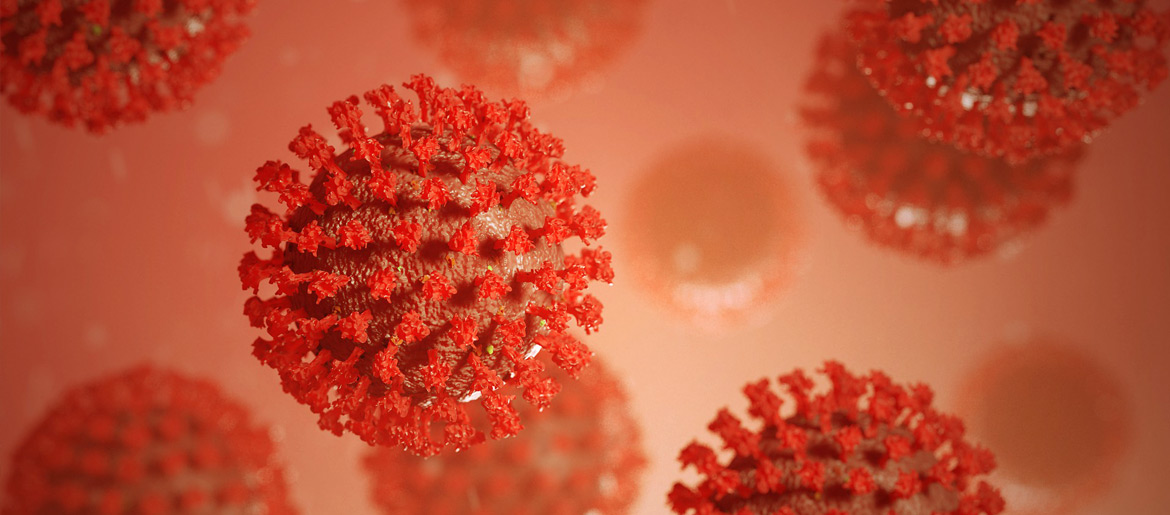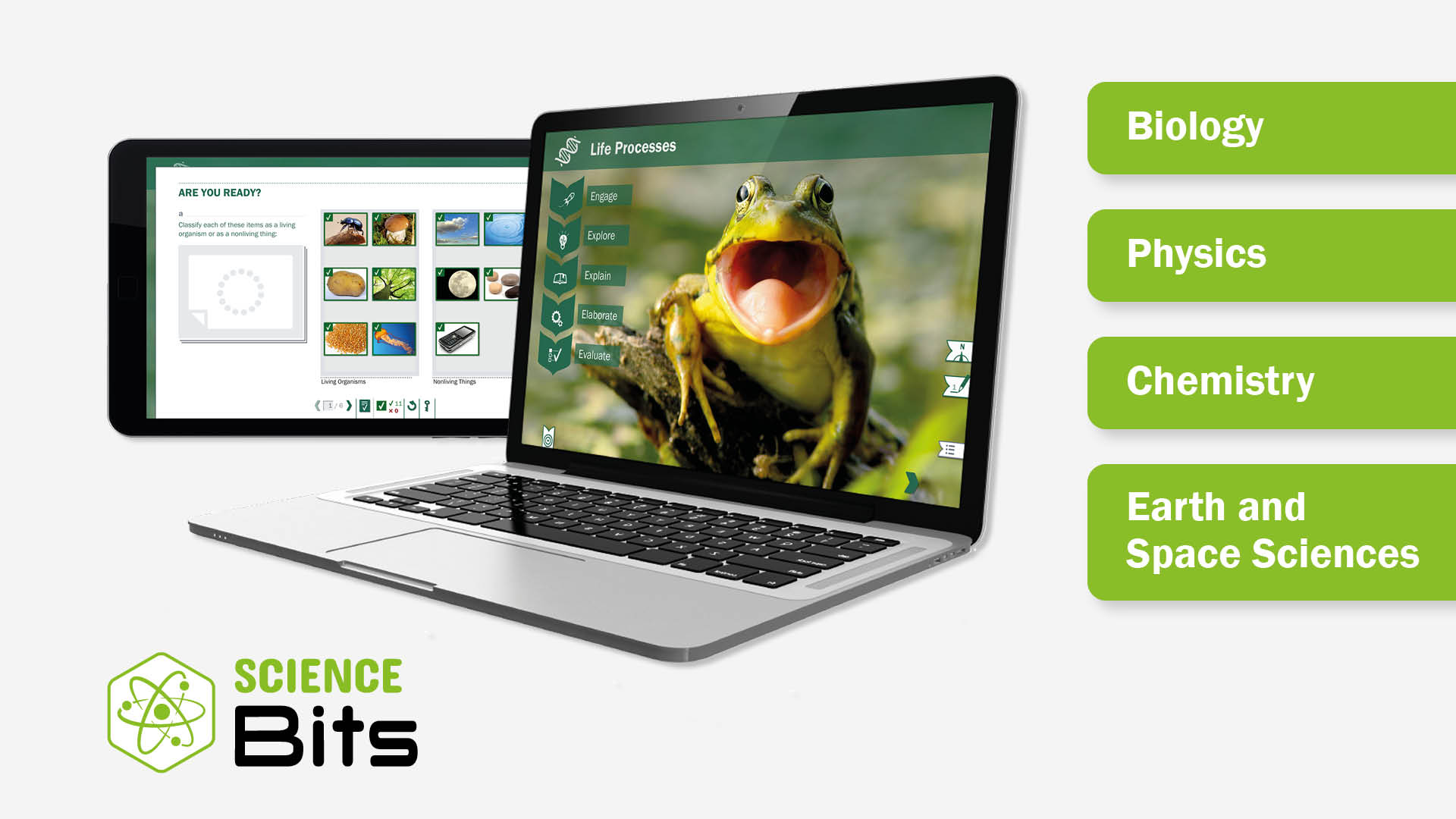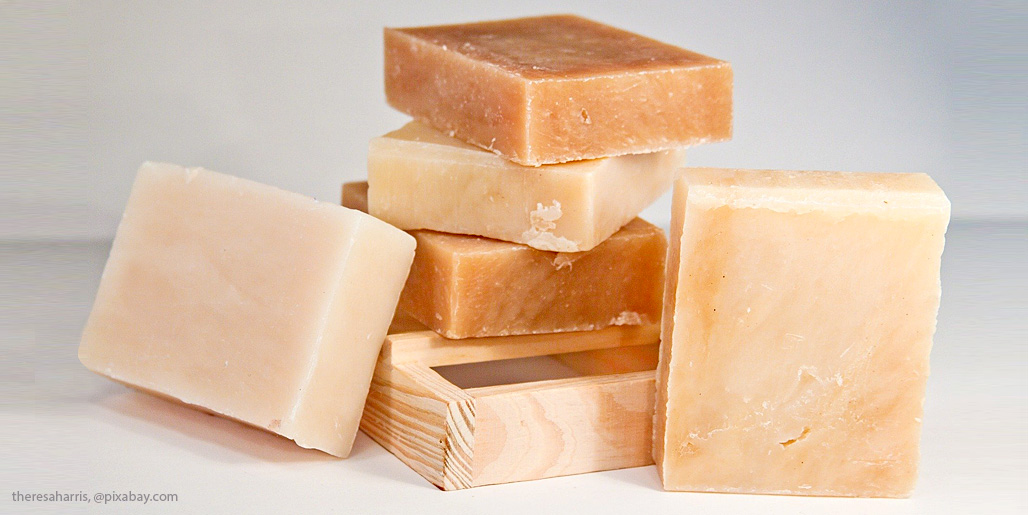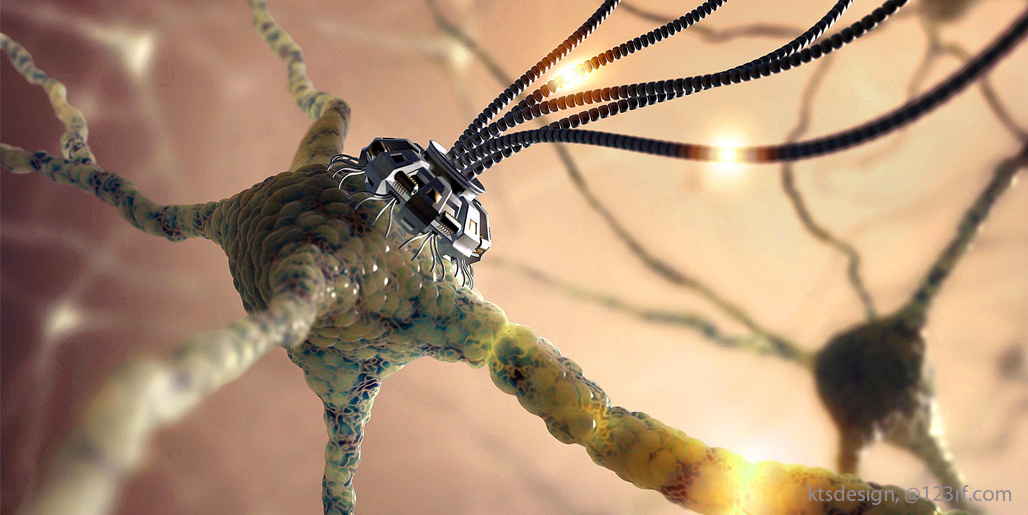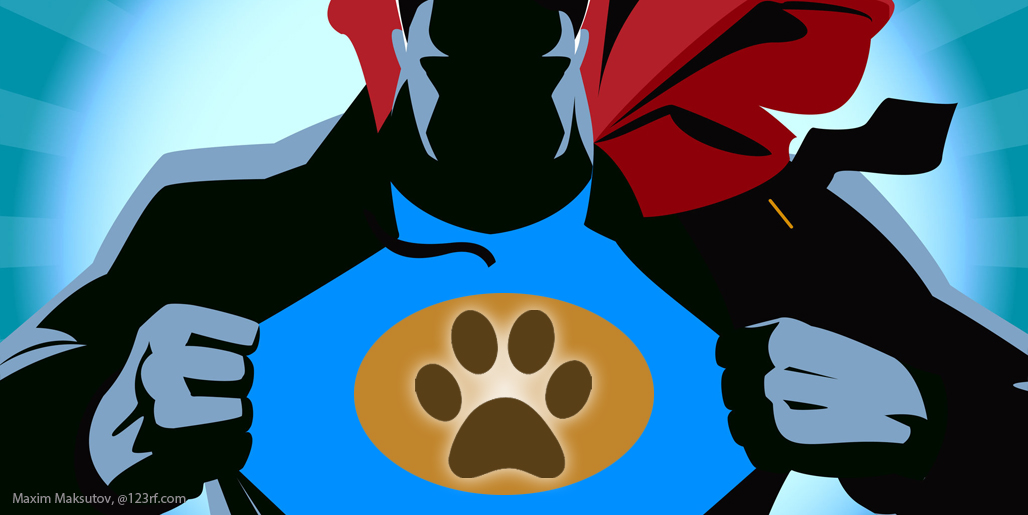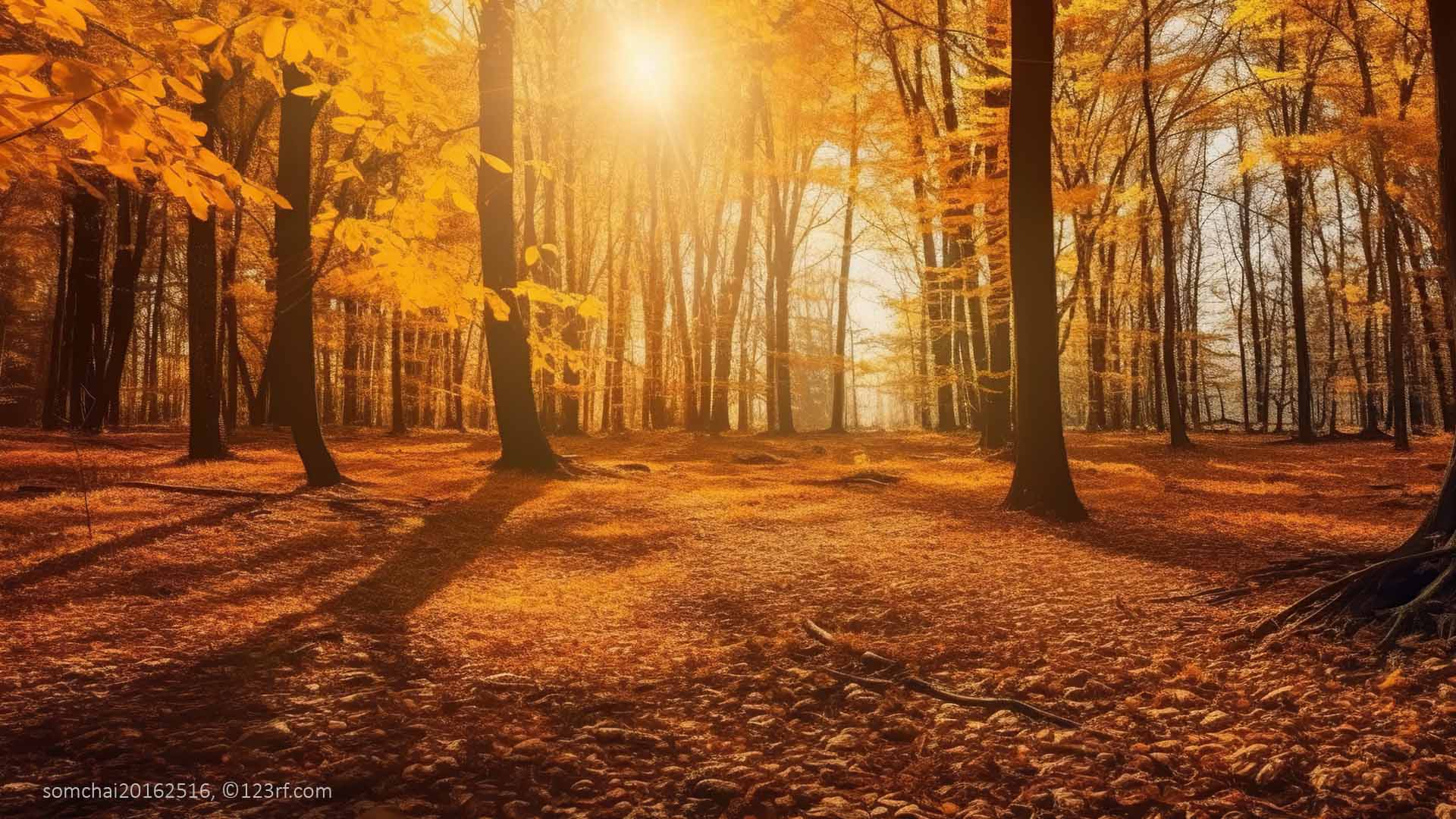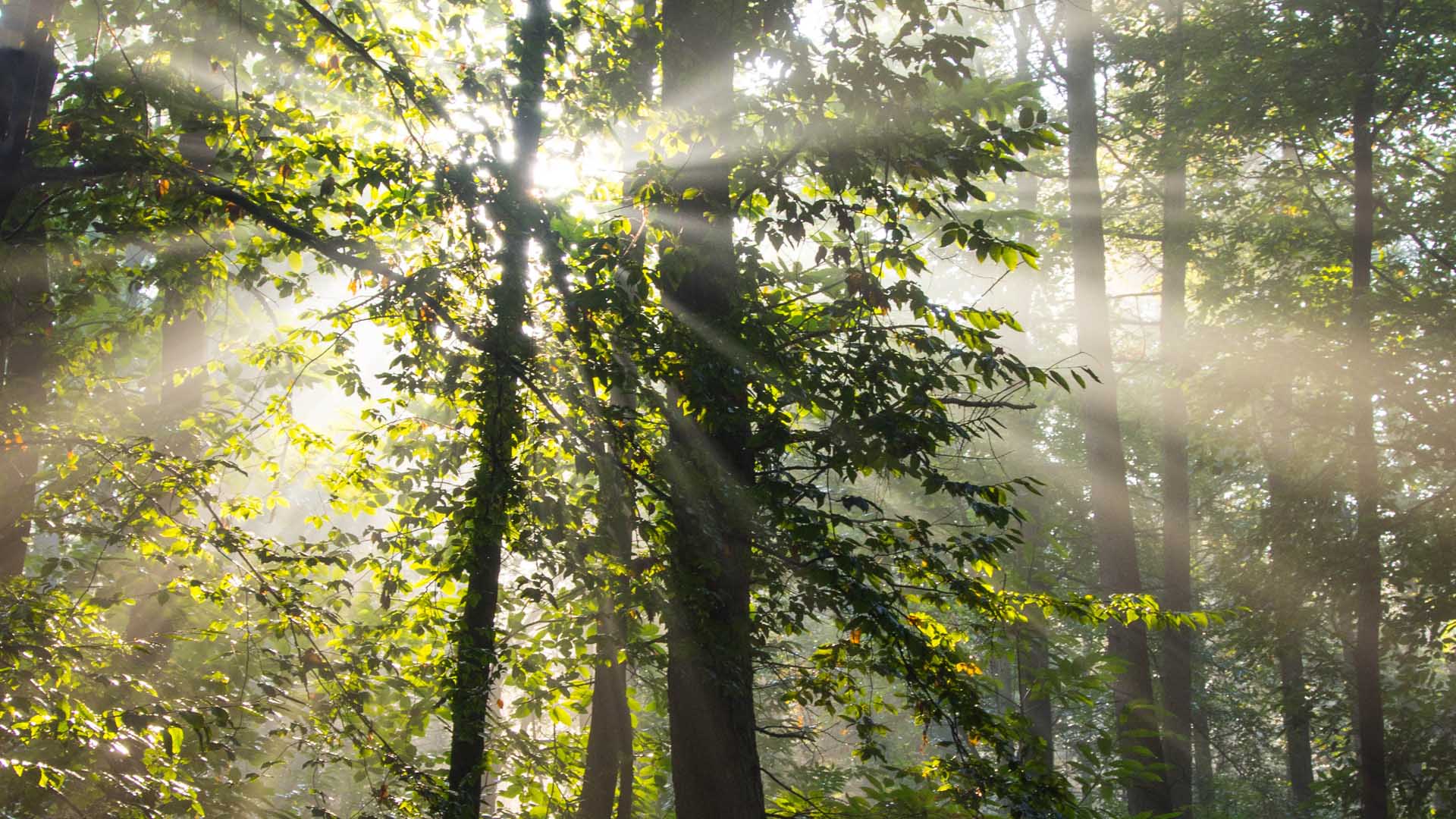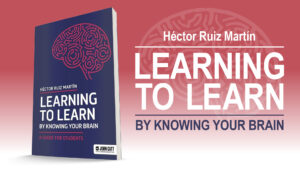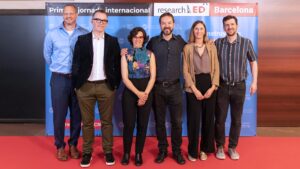Learning to Learn by Knowing Your Brain is a book written by expert in educational neuroscience and psychology Héctor Ruiz Martín to help high school students develop good learning strategies, that is, those that are based on scientific evidence about how the brain learns.
Birds are living dinosaurs
03/22/2016The amazing paleontological discoveries of the last decade have revealed that dinosaurs, rather than having scales all over as we often picture them, were in fact partially or totally covered in feathers. This is particularly the case with velociraptors, the famous dinosaurs from Jurassic Park. These discoveries confirm two hypotheses: originally, feathers were not linked to the ability to fly and instead served a different purpose, and birds are a group of dinosaurs that managed to survive. Birds are living dinosaurs.

